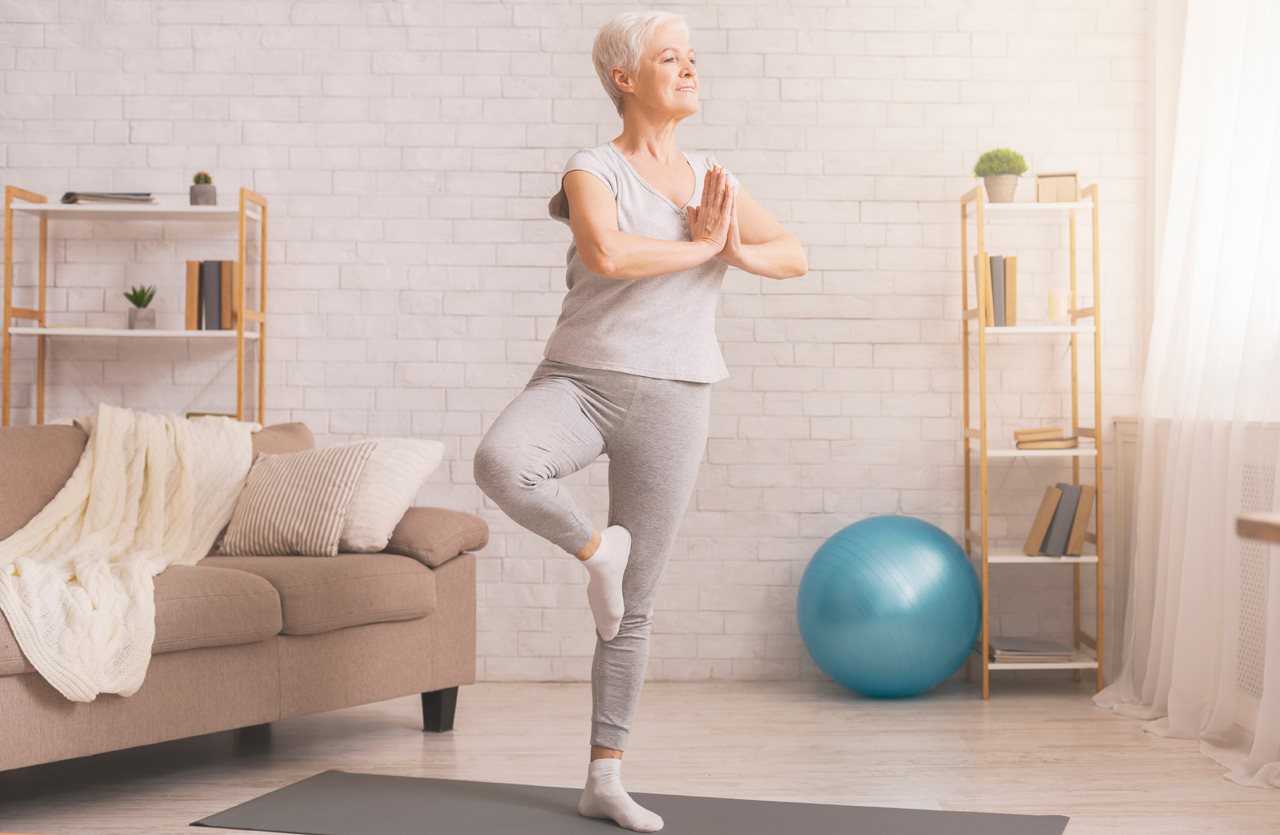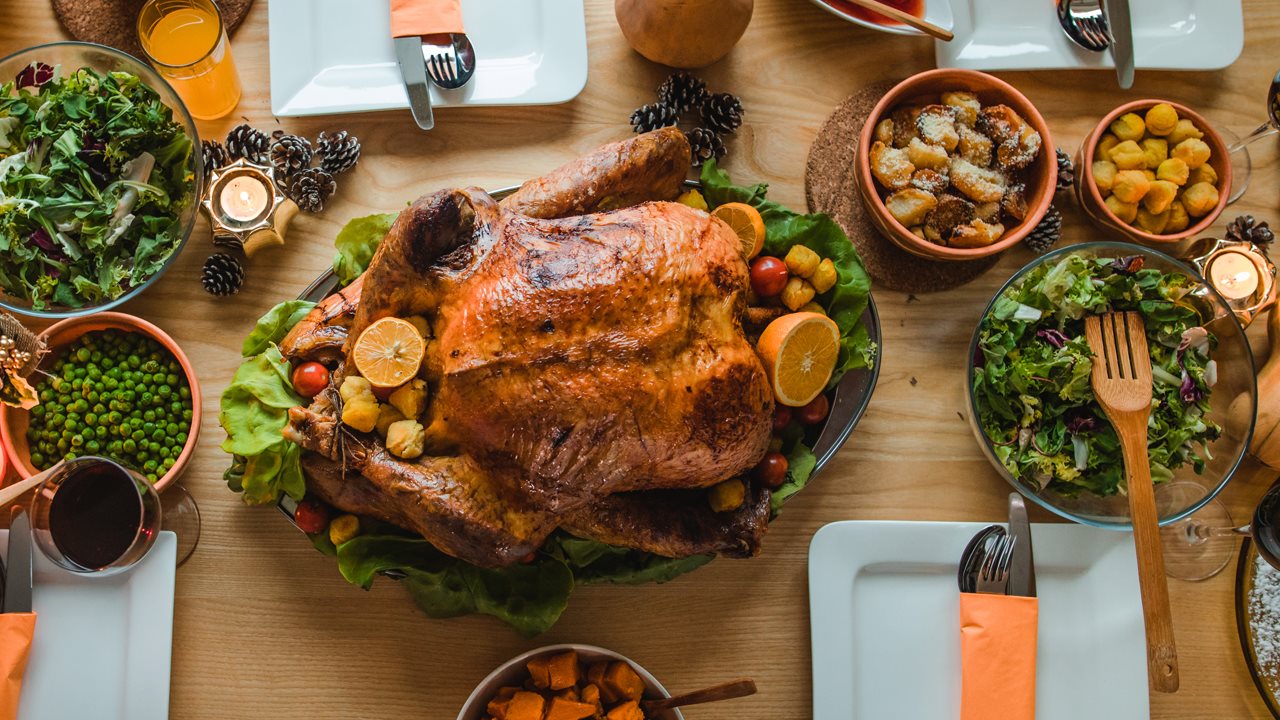2020-11-20T10:01:02
(BPT) – Tammy, a mother and grandmother, who always led an active lifestyle — going to the gym several times a week — never thought she would be at risk for heart failure.
Tammy began experiencing what she thought were common cold symptoms, including a persistent cough, shortness of breath and fatigue, but they worsened over time. “I went from leading group exercise classes, to being completely exhausted just from walking to my car from my door,” Tammy recalls.
When Tammy woke up one morning, she noticed that her abdomen was bloated and she had rapidly gained weight, a sign of fluid retention (edema). She knew something wasn’t right, so she scheduled an appointment with her doctor and was eventually referred to a cardiologist.
To Tammy’s surprise she was diagnosed with heart failure with reduced ejection fraction (HFrEF), a chronic, progressive condition that changes the structure of the heart so it can’t work as well. This specific type of heart failure accounts for half of all heart failure cases. Tammy’s condition got so serious that she was hospitalized.
There are approximately 1 million hospitalizations for heart failure every year in the US — that’s about 2 every minute. A hospitalization for heart failure is a sign that the condition is worsening, and patients may experience frequent hospitalizations throughout their condition, which can take a great toll on them and their loved ones as well as the health care system.
Tammy has worked closely with her health care providers to develop a heart failure treatment plan that works best for her, including ENTRESTO® (sacubitril/valsartan), a heart failure medication prescribed by most cardiologists that helps improve the heart’s ability to pump blood to the body.
While everyone’s journey may be different, Tammy hasn’t been hospitalized since starting ENTRESTO. In addition, Entresto helped Tammy’s heart so she can keep on doing what she loves.
In addition to frequent hospitalizations, heart failure can make doing daily activities harder, such as walking to the mailbox or taking care of household chores. Some symptoms of heart failure are shortness of breath, persistent cough, fatigue and swelling in legs, feet, ankles and/or abdomen. While it’s always been important, now more than ever, it is critical for patients to actively communicate how they are feeling to their health care providers so they can be partners in care.
Though not as active as she once was, Tammy has adapted to a new routine, including eating a low-salt diet, getting some regular physical activity, and taking her medications, including ENTRESTO. These unprecedented times can be challenging, especially for those with heart failure, but Tammy takes precautions to stay well and tries to stick to her heart-healthy routine. Instead of going to the gym, she walks her dogs outside and uses workout videos, and she cooks meals at home as much as possible.
Tammy encourages others with the condition to keep positive, set daily goals — no matter how small — and stay connected with their health care providers to find a treatment plan that works for them.
To learn more about ENTRESTO for heart failure patients, go to ENTRESTO.com.
About ENTRESTO®
ENTRESTO (sacubitril/valsartan) is a prescription medicine used to reduce the risk of cardiovascular death and heart failure hospitalization in adults with long-lasting (chronic) heart failure. ENTRESTO is usually used with other heart failure therapies, in place of an angiotensin-converting enzyme (ACE) inhibitor or other angiotensin II receptor blocker (ARB) therapy. Heart failure occurs when the heart is weak and cannot pump enough blood to your lungs and the rest of your body. It is not known if ENTRESTO is safe and effective in children less than 1 year old.
IMPORTANT SAFETY INFORMATION
Entresto can harm or cause death to an unborn baby. Patients should talk to their doctor about other ways to treat heart failure if they plan to become pregnant. If a patient gets pregnant while taking Entresto, she should tell her doctor right away.
Patients are not to take Entresto if they are allergic to sacubitril or valsartan or any of the ingredients in Entresto; have had an allergic reaction including swelling of the face, lips, tongue, throat or trouble breathing while taking a type of medicine called an ACE inhibitor or ARB; or take an ACE inhibitor medicine. Patients are not to take Entresto for at least 36 hours before or after they take an ACE inhibitor medicine. Patients should talk with their doctor or pharmacist before taking Entresto if they are not sure if they take an ACE inhibitor medicine. Patients are not to take Entresto if they have diabetes and take a medicine that contains aliskiren.
Before they take Entresto, patients should tell their doctor about all of their medical conditions, including if they have kidney or liver problems; or a history of hereditary angioedema; are pregnant or plan to become pregnant; are breastfeeding or plan to breastfeed. Patients should either take Entresto or breastfeed. They should not do both.
Patients should tell their doctor about all the medicines they take, including prescription and over-the-counter medicines, vitamins, and herbal supplements. They should especially tell their doctor if they take potassium supplements or a salt substitute; nonsteroidal anti-inflammatory drugs (NSAIDs); lithium; or other medicines for high blood pressure or heart problems such as an ACE inhibitor, ARB, or aliskiren.
Entresto may cause serious side effects including serious allergic reactions causing swelling of the face, lips, tongue, and throat (angioedema) that may cause trouble breathing and death. Patients are to get emergency medical help right away if they have symptoms of angioedema or trouble breathing. Patients are not to take Entresto again if they have had angioedema while taking Entresto. People who are black or who have had angioedema may have a higher risk of having angioedema if they take Entresto. Entresto may cause low blood pressure (hypotension). Patients are to call their doctor if they become dizzy or lightheaded, or they develop extreme fatigue. Entresto may cause kidney problems or an increased amount of potassium in the blood.
The most common side effects in adults were low blood pressure, high potassium, cough, dizziness, and
kidney problems.
Please see full Prescribing Information, including Boxed WARNING available at http://www.pharma.us.novartis.com/product/pi/pdf/entresto.pdf
Patients are encouraged to report negative side effects of prescription drugs to the FDA. Visit www.fda.gov/medwatch, or call 1-800-FDA-1088.
Novartis is committed to providing patients with affordable access and resources through Entresto Central. For more information, please call 1-888-ENTRESTO or visit www.entresto.com.
Novartis Pharmaceuticals Corporation
East Hanover, New Jersey 07936-1080 ©2020 Novartis 10/20 ETR-1395278

















